A Seat At The (Climate Justice) Table: Why Women’s Voices Must Shape the Climate Conversation
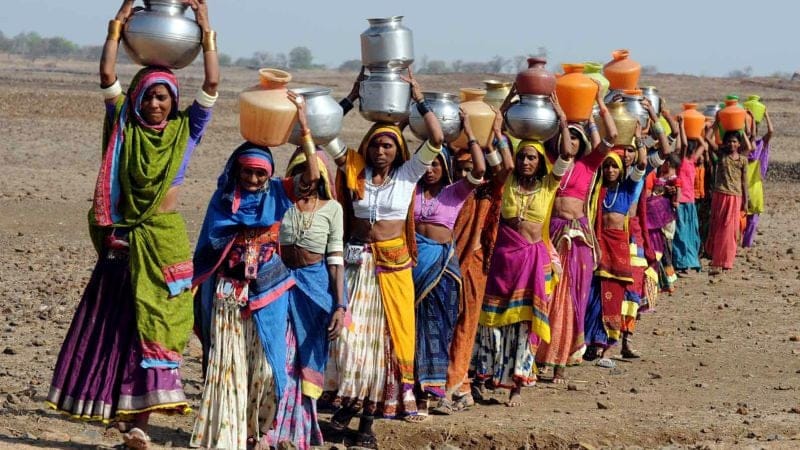
Climate change, a term now widely thrown around, especially in mainstream international media, is increasingly becoming a subject of closed-room discussions.
And that is precisely the problem. It remains confined to closed rooms instead of being discussed among the communities most affected by it.
As a well-educated, privileged woman, I only became aware of the severity of this crisis when one of my body’s basic processes, menstruation, became far more painful than usual. It was already difficult, but as temperatures began fluctuating and consistently soaring beyond 50 degrees every year, my cramps intensified. That’s when I knew something was wrong.
In Pakistan, women make up a significant share of the agricultural workforce, completely dispelling the notion that they do not work, especially in the fields. These women are among the most vulnerable to the rapidly accelerating effects of climate change.
But are their voices included in policymaking?
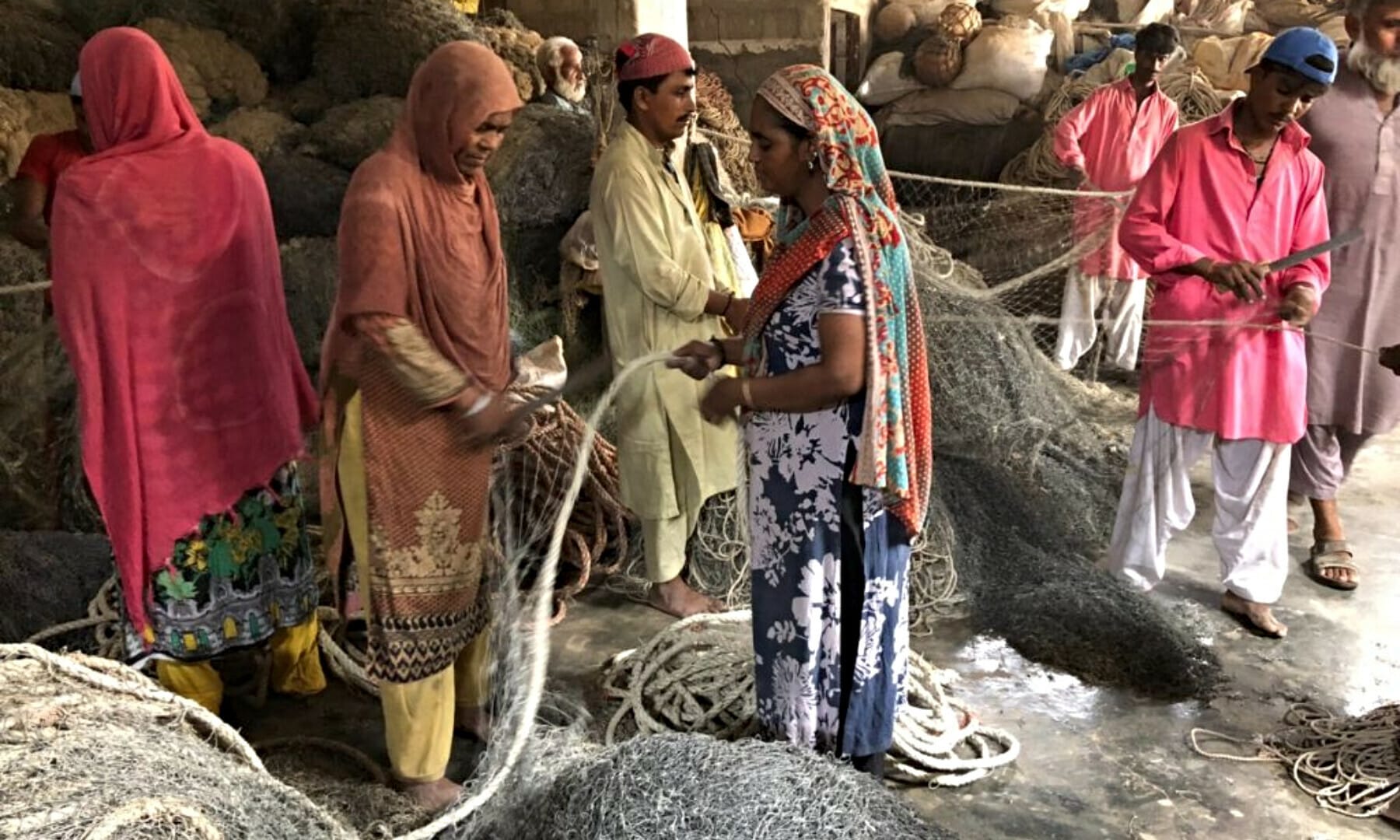
Understanding the Gendered Approach to Climate Change in South Asian Diaspora
South Asian countries, particularly Pakistan, India, and Bangladesh, are feeling the effects of climate change more than most. Extreme weather events, rising sea levels, and prolonged heat waves are already reshaping lives, especially for women in vulnerable communities. Despite their key roles in sectors like agriculture and disaster management, women are often left out of climate policy discussions, both at the national and international levels.
The United Nations Framework Convention on Climate Change (UNFCCC) introduced the Conference of the Parties (COP) in 1995 as a global platform to tackle climate change. South Asian countries have been part of these discussions since the late 1990s, though their contributions are limited by financial and geopolitical challenges. Pakistan officially joined the UNFCCC in 1994 and has participated in many climate negotiations.
However, women continue to be underrepresented in Pakistan’s COP delegations, with their participation largely confined to advocacy rather than policymaking. At COP27, only 20% of India’s delegation leaders were women. Bangladesh, despite being a leader in climate adaptation strategies, faces similar challenges, with women making up less than 15% of its delegation leaders at COP events (UNFCCC Gender Composition Report, 2023). At COP29, only 19% of delegation leaders from these countries were women, a slight increase from previous years, showing the ongoing gender gap (Women’s Environment & Development Organization, 2024).
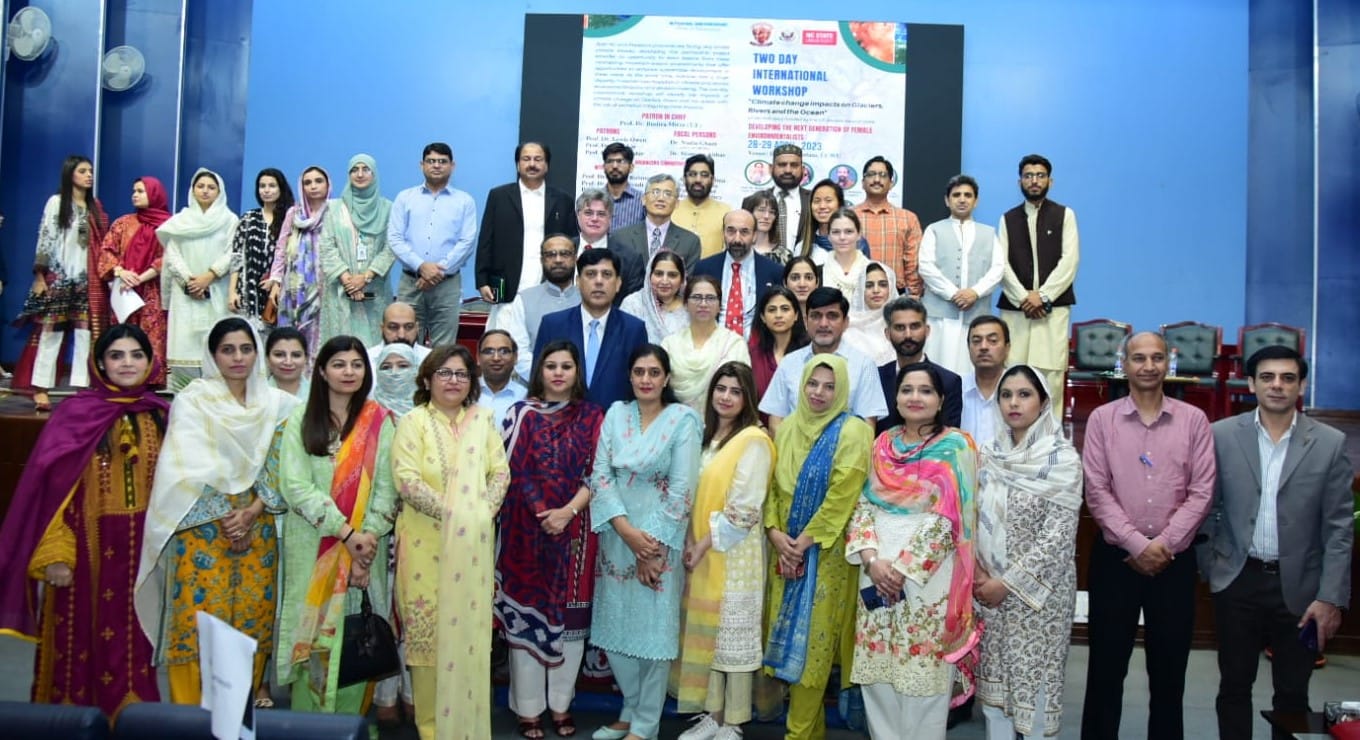
In Pakistan, women make up 74% of the agricultural workforce in rural areas (Pakistan Bureau of Statistics, Labour Force Survey 2020–21), while in India, nearly 65% of rural women depend on agriculture. Yet their needs are rarely considered in climate policy. Erratic rainfall and heat stress in India have worsened poverty, making it harder for rural women to sustain their livelihoods.
In Bangladesh, women in coastal areas are particularly affected by climate change. Around 80% of the climate refugees there are women and children (UN Women, 2022). Flooding and salinity have worsened reproductive health issues and waterborne diseases for women (ICCCAD, 2021).
Despite the clear evidence of how much climate disasters affect women, they remain largely excluded from decision-making. In South Asia, women hold only 8% of top environmental roles, limiting their influence on climate policy (UNEP, 2020).
Most climate policies in Pakistan, India, and Bangladesh fail to fully address the gendered impact of climate change, especially in rural areas. While there are grassroots female activists working on climate issues, they rarely have a seat at the table in high-level discussions.
Climate change in South Asia is not just an environmental issue—it’s also a matter of gender justice. Women are at the forefront of the crisis, yet their voices are largely ignored in policymaking. If these countries are serious about tackling climate change, they need to ensure women’s perspectives are part of the solution, helping to build a more inclusive and sustainable future.
NDCs- Gendered focused approach, a myth?
Nationally Determined Contributions (NDCs) serve as foundational policy documents outlining a country's commitments to combat climate change. In South Asia, nations like Pakistan, India, and Bangladesh have submitted their NDCs under the Paris Agreement. However, these submissions often lack a gender-responsive approach, overlooking the unique vulnerabilities and contributions of women in climate action.
Pakistan's updated NDC acknowledges gender as a guiding principle and includes a specific section on gender equality. The country has undertaken consultations with various social groups to ensure women's voices are considered in climate strategies.
Despite this acknowledgment, the integration of gender considerations into actionable policies remains limited.
India's NDC emphasizes sustainable development and climate resilience but does not explicitly address gender disparities. The absence of a gendered perspective in India's climate policies suggests a gap in recognizing women's specific vulnerabilities and roles in climate mitigation and adaptation efforts.
Bangladesh has made strides in integrating gender into its climate policies. The country implemented Gender Responsive Budgeting (GRB) in 2005 to mainstream gender issues across all policies and decision-making processes. As of the fiscal year 2019, 43 ministries underwent GRB, with expenditure on women's development constituting 29.65% of the total budget. However, the extent to which these gender considerations are reflected in the NDC's actionable items remains uncertain.
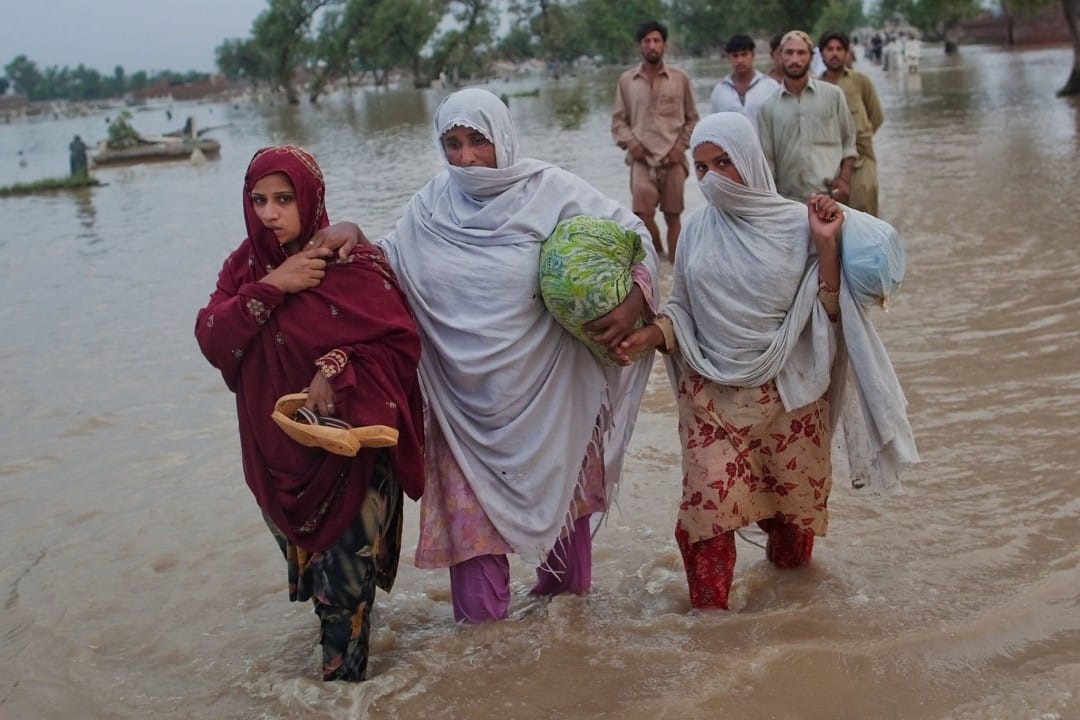
The necessity for a gender-responsive approach in climate policies becomes evident when examining recent natural disasters in these countries. In 2022, Pakistan experienced catastrophic floods that submerged a third of the country, affecting approximately 33 million people, including an estimated 8.2 million women of reproductive age (UNFPA, 2022). The floods destroyed around 2,000 health facilities, severely limiting access to reproductive health services (UNFPA, 2023). Consequently, nearly 77% of affected women reported restricted access to essential health services, including contraception and maternity care (PMC, 2023). Additionally, the destruction of healthcare facilities hindered women's access to necessary reproductive health services.
In India, recent natural disasters have similarly highlighted the gendered impacts of climate change. For instance, during the 2020 Cyclone Amphan, women faced increased vulnerabilities due to displacement, loss of livelihoods, and heightened risks of gender-based violence. Reports indicate that women and girls were at greater risk of gender-based violence, such as domestic violence and early marriage, in the aftermath of the cyclone (UN Women, 2020). Additionally, the destruction of homes and livelihoods led to significant displacement, exacerbating the vulnerabilities of women and girls (Climate Refugees, 2020).
Bangladesh's susceptibility to climate-induced disasters, such as cyclones and flooding, disproportionately affects women. The destruction of infrastructure and loss of livelihoods compel many families to resort to negative coping mechanisms, including child marriages, to alleviate economic burdens (International Rescue Committee, 2023).
These instances illustrate that while NDCs are pivotal in guiding national climate actions, the omission of a gender-responsive approach can lead to inadequate protection and support for vulnerable groups, particularly women. Integrating gender perspectives into climate policies is essential to address these disparities and enhance the effectiveness of climate resilience strategies.
Representation without power?
“Perception of gender inclusion has changed, but that doesn’t always mean a change in the ability to bring real impact. Still, some countries like India and Nepal have made progress beyond our level, where even judges in climate negotiations were women. But when you look at women from conservative regions like Kashmir or Sri Lanka, the barriers are still immense,” said Afia Salam, a climate activist from Pakistan who was also present at COP29.
“Climate change translates into disasters in Pakistan, and women bear the brunt of it. The gender pay gap already makes them financially vulnerable, but cultural limitations add another layer. During Karachi’s deadly heat waves, women in abayas had no choice but to endure extreme temperatures. The human body simply cannot function if temperatures are consistently over 50 degrees—our medical experts have said this repeatedly, but policy doesn’t reflect these realities,” she added.
Kashmala from Bangladesh, who has been advocating for women's menstrual health in relation to climate change, talks about how, while the country has made some progress in discussions, there is still a long way to go.
“Civil society has observer rights in climate negotiations, but that’s not the same as having decision-making power. Gender constituencies and advocacy groups intervene through different bodies, but when it comes to real policy shifts, women’s representation is still significantly lower than men’s,” she said.
Ayesha Amin, CEO and founder of Baithak, an organization focused on empowering menstrual hygiene, shared similar thoughts.
“When women do make it to decision-making positions, their presence alone isn’t enough—it’s about ensuring their voices actually shape policies. Right now, vulnerable communities are routinely ignored in climate discussions, which reflects in the kind of policies that come out of these conferences,” Amin said.
“A major issue with climate policies is accessibility—who gets to engage with them? Who can even read and write? If the people most affected by climate disasters—young girls, gendered minorities, persons with disabilities—aren’t included in these conversations, how can we expect policies to address their needs?” she added.
Policymaking is the most integral part of climate change because forget the conversations now, the change needs to be documented on paper, and it has to include everyone.
Sidra Riaz, Founder of Environmental Change Makers, describes the history of COP, and how the change needs to be rapid.
"For the longest time, climate change was seen purely as a technical issue—emissions, carbon targets, and mitigation strategies—without acknowledging the deep-rooted social and gendered impacts it carries,” Riaz said.
"Discussions on gendered participation in climate negotiations began as early as 2011, yet the integration has been painfully slow. This reflects a broader failure to recognize the social dimensions of climate change,” she said, adding women have been pushing for a seat at the negotiation table, but their efforts are still largely unrecognized.
“At COPs, they continue to hold observer rights, while decision-making remains male-dominated,” she said.
Mahila, a climate activist with observer rights at COP29, shared her two cents.
"COP runs for two weeks, with each day dedicated to different communities. Even with a ‘Gender Day,’ women remain vastly underrepresented. Out of 78 world leaders attending COP29, only 8 are women—a deep-rooted structural and systemic failure (CARE, 2024),” she said.
Inclusion of vulnerable communities in climate discussions
“Conversations about gender and climate are still at a nascent level. Things are evolving so fast, but policy is struggling to catch up. Even data remains a challenge—while we now have good data visualization in Pakistan, the actual baseline research on women’s climate vulnerabilities is lacking,” said Salam, when asked about policy building and gender inclusion when it comes to climate change.
Taking the example from the 2022 floods, she spoke of how that disaster not only impacted women physically, but mentally as well.
“We rarely talk about the mental health toll of climate disasters. Women displaced by floods not only lost their homes but now live with the constant stress of gushing water, the fear of its sound. There is no baseline for mental health support in these communities—they are left to cope alone,” she said.
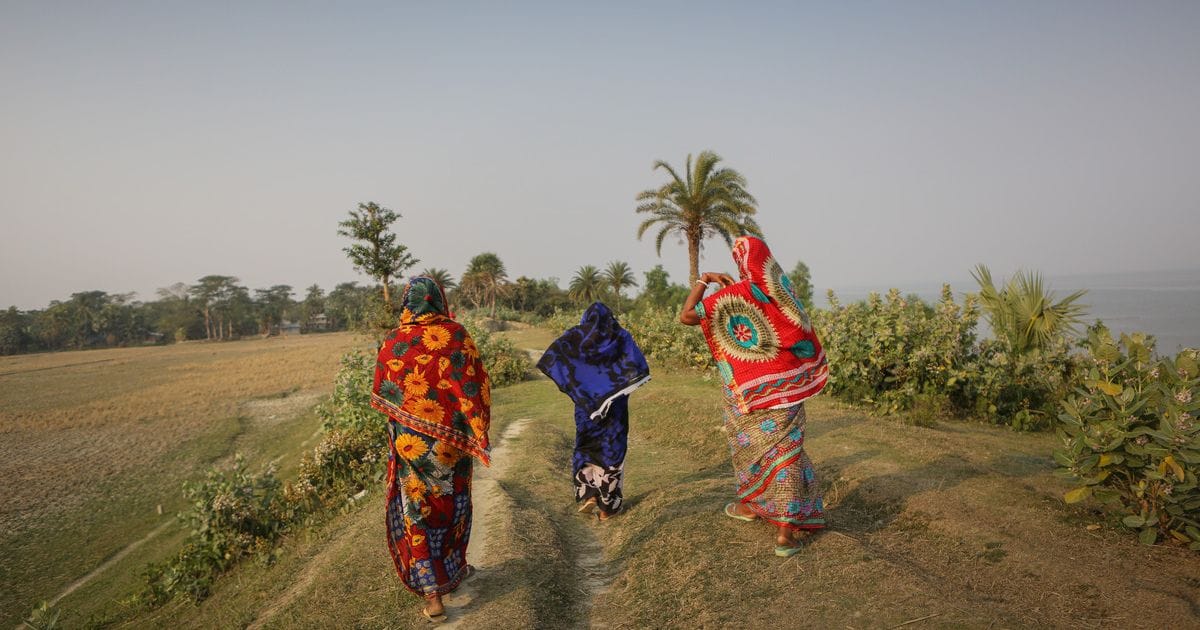
In South Asia, where rigid gender norms and societal expectations dictate the lives of millions, conversations around gender and sexuality remain fraught with resistance. In countries like Pakistan, India, and Bangladesh, the struggle for recognition—let alone inclusion—in policy making is an uphill battle.
For transgender individuals, and other marginalized communities, visibility itself is a fight, often met with hostility rather than acceptance. This erasure is not just social; it seeps into governance, disaster relief, and climate policies that are meant to protect the most vulnerable.
“A major issue with climate policies is accessibility—who gets to engage with them? Who can even read and write? If the people most affected by climate disasters—young girls, gendered minorities, persons with disabilities—aren’t included in these conversations, how can we expect policies to address their needs?” said Amin.
“Trans persons already lack acceptance and safe spaces in society, and this exclusion carries over into climate policies. NDCs are drafted behind closed doors, with little to no input from the very communities that need urgent climate adaptation strategies,” she asserted.
Riaz, when speaking of NDCs in the context of South Asian societies, mentioned that these documents lack a ‘gender-responsive lens’.
"NDCs mostly focus on mitigation and adaptation, but they lack a gender-responsive lens. Women aren’t just victims of climate change; they are part of the solution. Yet menstrual health, for instance, is dismissed as a social issue instead of being recognized as a climate issue,” she said.
“One of the biggest barriers is the lack of gender-based climate data. Policy decisions are being made by male-dominated ministries without incorporating input from vulnerable communities,” she added.
“Climate negotiations have different streams—emissions, agriculture, energy—health does exist, but it’s still a secondary stream. We need gendered perspectives in all of these,” concluded Salam.
The climate crisis in South Asia is no longer a distant threat, it is a present reality, and women remain its most overlooked victims.
Despite bearing the brunt of climate disasters, from heatwaves to floods, their voices remain largely absent from decision-making tables. The gender disparity in climate negotiations is not just a matter of representation; it is a structural failure that perpetuates inequalities, leaving millions of vulnerable women without the support they need.
The future of climate resilience in South Asia depends on immediate structural shifts. Governments must move beyond symbolic gestures and ensure that women, especially those from marginalized communities, are not just present but actively shaping climate policies. Without this fundamental change, climate action will remain incomplete, ineffective, and ultimately unsustainable. If South Asia is to survive the coming decades of climate catastrophe, it must first acknowledge the voices it has long ignored.
Aleezeh Fatima is a pharmacist-turned-journalist based in Karachi. Her work focuses on climate, displacement, migration, health, and human rights. When she’s not reporting, she’s either hoarding books and jhumkas, indulging in sappy sitcoms, or sharing a laugh with friends at a coffee shop. She tweets at @dalchawalorrone.

Member discussion